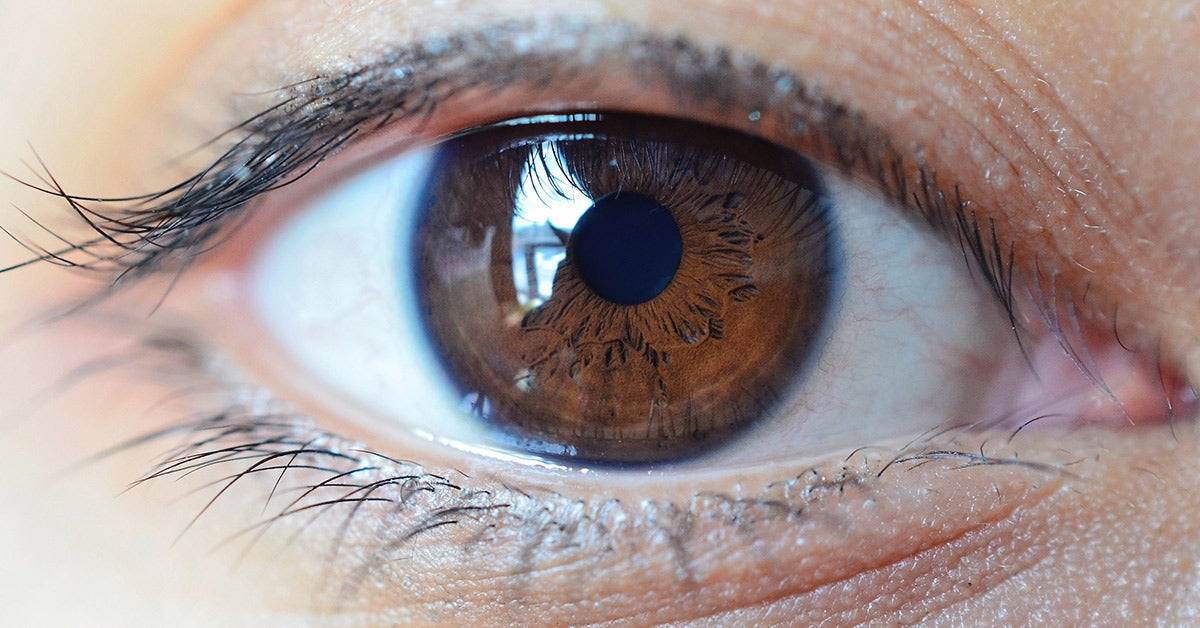How and Why Do We Measure Pupil Size?

Pupil size measurement is an important process for doctors to carry out. It helps diagnose and treat various eye diseases and disorders. In this blog post, we will be discussing the need for pupil size measurement, the percent change in pupil size, different types of pupil abnormalities, and the benefits of using a pupilometer in this process.
How is pupil size related to vision?
Anyone who has ever experienced a headache knows that bright lights can be quite painful. This is because the pupil, or the smallest part of the eye, typically contracts in response to light.
This is why it’s important to keep your eyes healthy and well-rested. A large pupil indicates a good amount of light entering your eye, while a small pupil means less light is reaching your retina. This is why pupil size is measured when you go for an eye exam.
What are the different types of pupil abnormalities?
1. Anisocoria
One of the most common pupillary abnormalities is anisocoria or unequal pupil size. If you notice anisocoria in your patients, it’s important to investigate further and find the cause. It can be caused by various factors, from medication to brain injury.
2. Microphthalmia
Microphthalmia is a congenital defect that affects the eyes. Both eyes may be unusually small in this disorder. Even though the eyeball seems absent in some patients, some leftover eye tissue is almost always present.
3. Adie’s tonic pupil.
Adie’s tonic pupil may be caused by a malfunctioning ciliary ganglion at the back of the eye, which would explain why the patient’s pupils are dilated and unresponsive to light.
Connecting nerves that control pupil dilation are found at this location. The pupils dilate when they are injured. Occasionally, the second eye is affected over time.
What are the main advantages of using a pupilometer in pupil size measurement?
Having a pupilometer in your eyecare toolkit is a wise investment. It can be used as part of ophthalmic screening tests, providing an accurate assessment of a patient’s general health status.
In addition, pupillometry offers significant advantages over other conventional measurement techniques, such as the slit lamp exam, because it’s non-invasive and reliable.
A pupilometer is a valuable tool for clinicians and eye care professionals to measure the size of an individual’s pupils to identify any potential medical or vision problems.
Areas where the pupilometer can be used
1. Surgical intensive care
Pupilometry is a valuable tool for measuring the level of consciousness and providing information on coma, brain injury, and stroke recovery. It also diagnoses various eye diseases like Horner’s syndrome and Marcus Gunn’s pupil.
Doctors can improve patient care and outcomes in surgical intensive care units by using a pupilometer.
2. Neurocritical Care
Pupilometry is a procedure that uses pupil size measurement to obtain valuable information about an individual’s health and well-being. This information can be used to diagnose, assess, and treat various neurological disorders.
Additionally, pupil size can help identify the severity of seizures and brain damage and measure patients’ reaction times and cognitive function during tests. Furthermore, pupilometry is often used to determine whether a patient is eligible for medical or surgical interventions.
So if you’re looking for an accurate way to measure your patient’s pupil size in a non-invasive manner, pupilometry is the perfect solution for you!
3. Medical intensive care
It is always important to keep track of patients’ vital signs and conditions, especially in medical intensive care units (ICUs). Pupilometry is a valuable method that provides valuable information that helps doctors make better decisions about the care of their patients.
This technology can measure patients’ pupil sizes and monitor their health and performance. It is an efficient way to gather information, as it does not require any pain or discomfort on the part of the patient.
4. Brain trauma treatment
If you’re looking for a reliable and accurate way to measure eye pupil size, then a pupilometer is the tool for you. It can also be used to diagnose brain trauma and track its progress over time.
By using pupilometry, healthcare professionals can save time and money while providing better patient care.
Conclusion
Pupil size is one of the many important factors that affect vision. By understanding how the pupil dilation velocity is related to vision, you can diagnose and treat any pupil abnormalities. In addition, using a pupilometer can help you measure the size of your pupil accurately.




